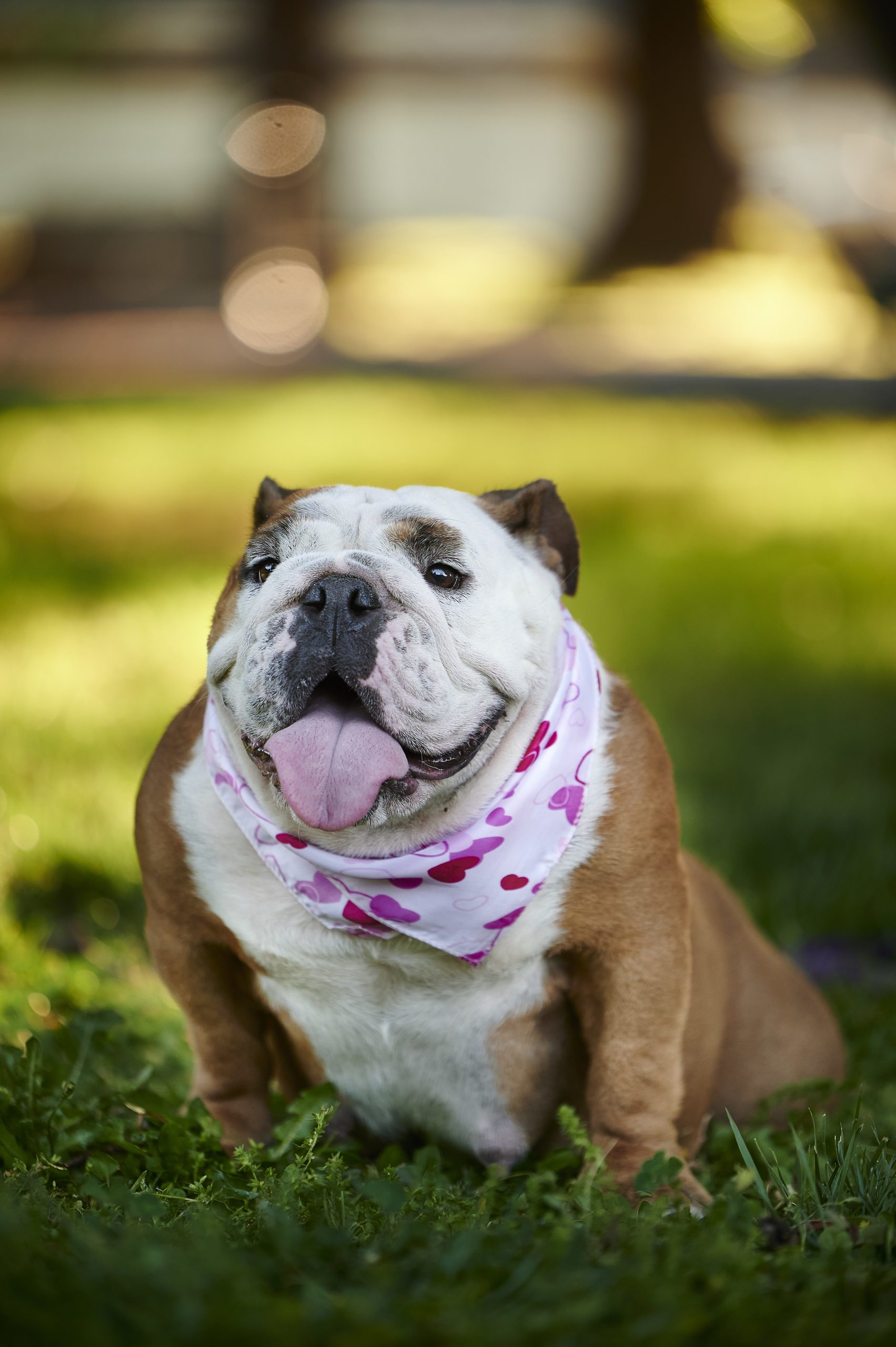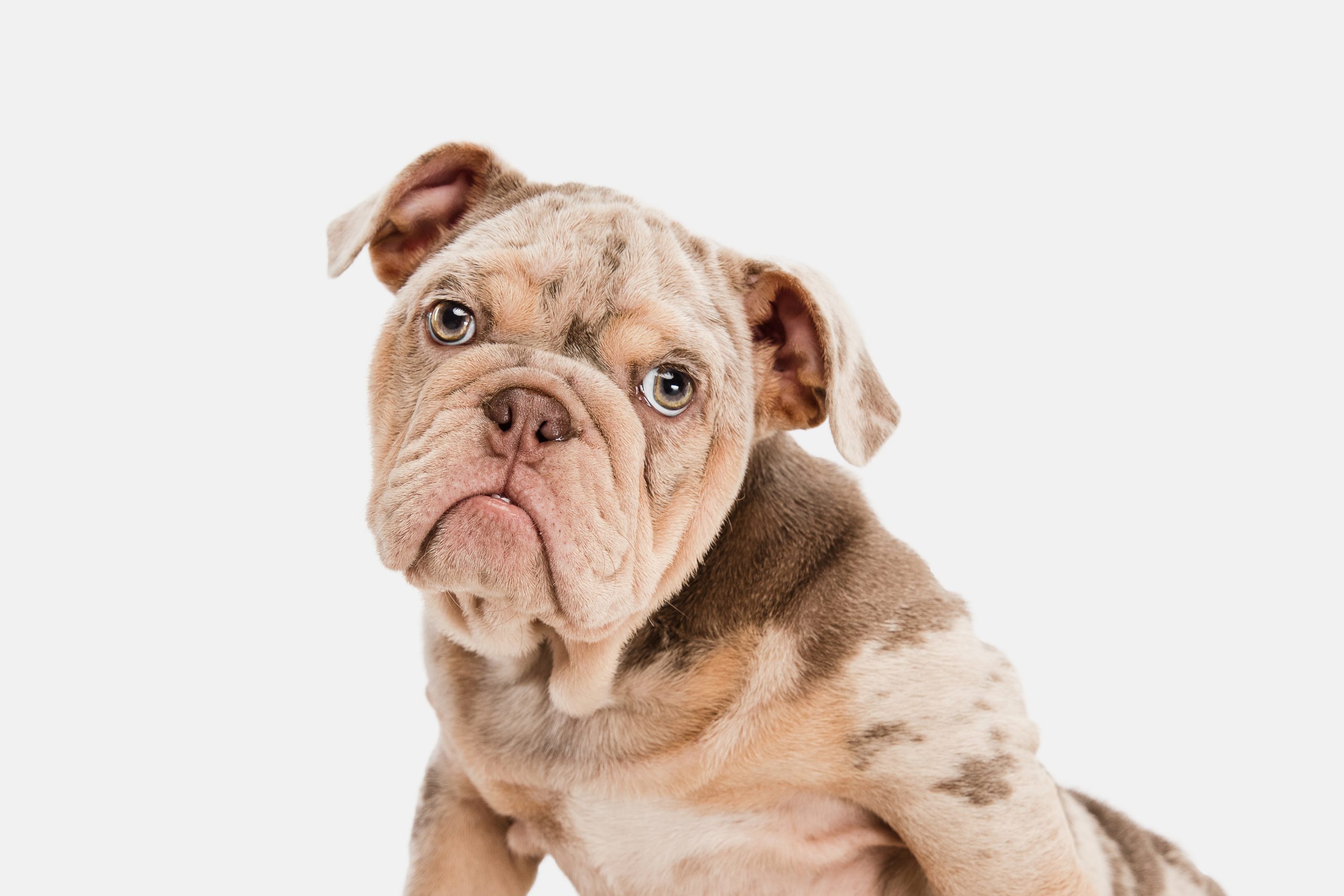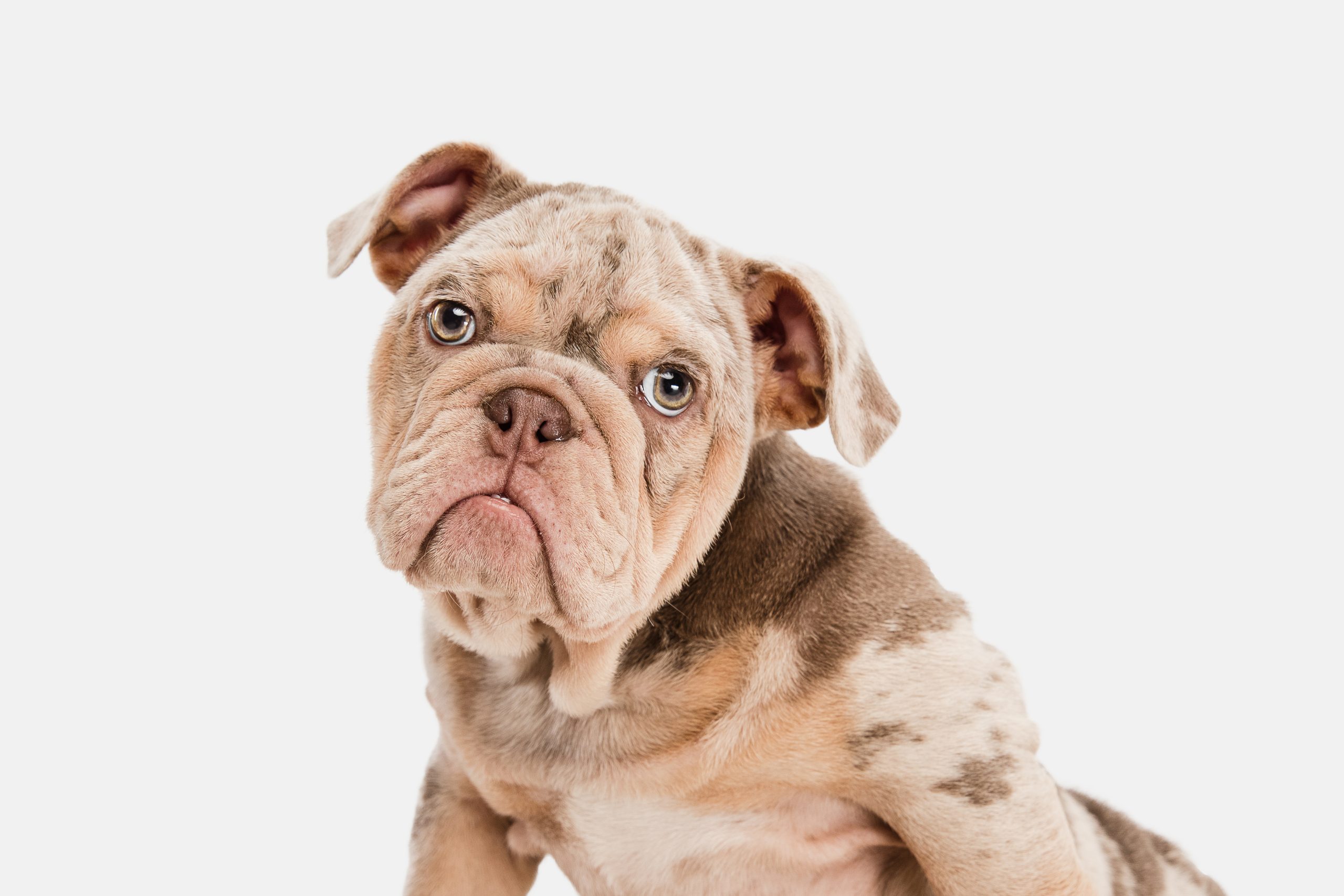American Bulldogs are well-balanced athletic dogs with exceptional strength, endurance, agility, and a friendly demeanor. Historically, they were bred to be utility dogs for farm work.
The English Bulldog is the ancestor of the American Bulldog. The bulldog is thought to have arrived in America as early as the 17th century. They arrived in the 1800s with immigrants who took their working bulldogs with them. Small farmers and ranchers used this versatile working dog for a variety of roles such as farm guardians, stock dogs, and catch dogs. Because of its capacity to hunt and trap feral pigs, the breed has mostly survived, particularly in the southern states.
Before the term American Bulldog became the standard, the breed was known by a variety of other names. In different regions of the South, he was known as the White English Southern Bulldog, but he was most generally known simply as “bulldog.” The breed was dubbed a bulldog not because of its appearance, but because it performed an actual bulldog job.





 Health
Health Grooming
Grooming Exercise
Exercise Training
Training Nutrition
Nutrition